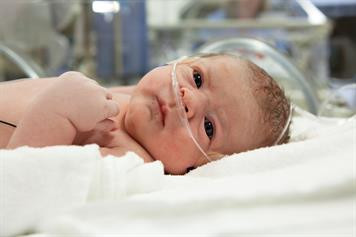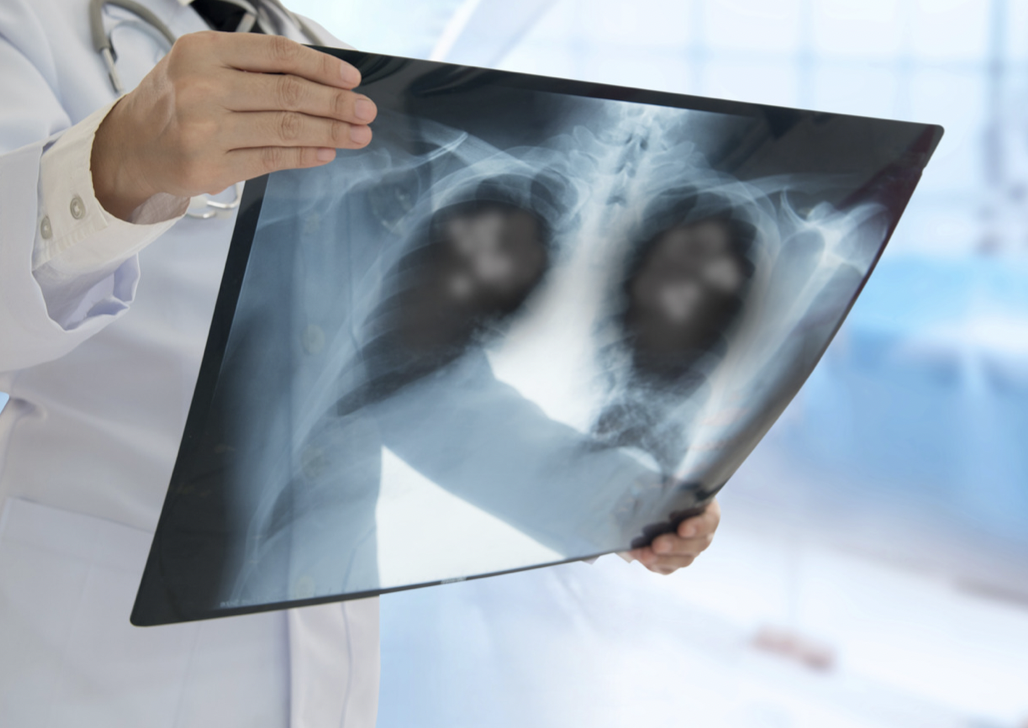Definition
Bronchopulmonary dysplasia (BPD) is lung damage occurring in newborn babies who require mechanical ventilation or are born prematurely. Premature infants, whose lung function is not fully developed, often necessitate respiratory assistance and oxygen from a mechanical ventilator. While this respiratory support is vital for the baby's survival, it also carries the risk of lung injury.
Causes
In premature infants, lung development may be incomplete, involving the formation of alveoli (air sacs) and small blood vessels. Premature birth forces alveoli to mature prematurely, even though they are not fully developed. Exposure to oxygen, mechanical ventilation, inflammatory triggers, and infections accelerates alveolar maturation but reduces the surface area for gas exchange.
Infants with respiratory issues often require oxygen therapy to support organ function. However, excessive oxygen levels can inflame the airways and lungs, potentially impeding lung development.
Additionally, respiratory support from a mechanical ventilator may be necessary. While ventilators can be life-saving, their pressure can harm the airways and lungs. Consequently, mechanical ventilation is reserved for emergency situations.
Infections pose a significant threat to premature infants, particularly those with underdeveloped lungs. Infections can lead to airway narrowing, making breathing challenging. Moreover, lung infections increase the reliance on oxygen therapy and ventilators, heightening the risk of bronchopulmonary dysplasia.
Risk factor
Bronchopulmonary dysplasia commonly affects premature infants with incomplete lung development, particularly those born before 32 weeks gestation. The risk of this condition increases with decreasing gestational age at birth. Additional risk factors include congenital heart disease, low birth weight (less than 2 kg or 2,000 grams), and severe respiratory or lung infections.
Many infants with bronchopulmonary dysplasia have previously experienced respiratory distress syndrome (RDS), characterized by difficulty opening the air sacs in the lungs due to surfactant deficiency. RDS typically manifests within the first 24 hours of life, while bronchopulmonary dysplasia may be diagnosed after the infant reaches the equivalent age of 36 weeks gestation. However, not all infants with RDS will develop bronchopulmonary dysplasia.
Symptoms
Symptoms of bronchopulmonary dysplasia may include cyanosis (bluish-pale skin), coughing, and rapid or shallow breathing.
Diagnosis
Infants with bronchopulmonary dysplasia typically have a history involving:
- Preterm birth, occurring up to 10 weeks before the due date, often associated with maternal uterine infections, premature rupture of membranes, or the necessity for premature delivery due to conditions like preeclampsia.
- Utilization of high-level respiratory support such as mechanical ventilation and oxygen therapy immediately after birth.
Doctors may conduct both direct and supportive examinations to diagnose bronchopulmonary dysplasia. Direct examinations typically reveal persistent signs and symptoms akin to respiratory distress syndrome (RDS). Diagnostic tests may encompass laboratory tests, imaging studies, tissue examinations, etc.
Laboratory tests may include blood gas analysis to assess air content by sampling blood from blood vessels and monitoring oxygen levels using pulse oximetry attached to the baby's finger.
Imaging studies related to potential causes of bronchopulmonary dysplasia may be performed. If congenital heart disease is suspected, an echocardiogram may be recommended to evaluate cardiac blood flow. Imaging of the lungs may involve chest X-rays, computed tomography scans (CT scans), or magnetic resonance imaging (MRI).
Tissue examinations, obtained via lung biopsy, may be conducted to observe pathological processes.
Management
Infants with respiratory issues may be referred to facilities equipped with ventilators. Ventilator support will gradually be reduced as the baby's lungs mature. Administration of surfactant-enhancing medications may also be considered. Feeding tubes inserted through the nose or mouth may be necessary, with feeding requirements potentially exceeding those of healthy infants due to increased respiratory effort. Medications facilitating fluid removal from the body may also be administered.
Parents of infants with bronchopulmonary dysplasia require emotional support due to prolonged therapy and potentially extended hospital stays.
Following discharge, oxygen therapy may continue for weeks to months, administered via mask or nasal tube. Feeding must be carefully monitored to ensure adequate nutrition, potentially requiring special formula milk.
Preventing respiratory infections, notably respiratory syncytial virus (RSV). Parents can take several measures:
- Wash hands thoroughly before handling the baby and ensure others do the same.
- Restrict contact with individuals exhibiting cough or fever symptoms, or require them to wear masks.
- Avoid kissing the baby to prevent RSV transmission.
- Prevent young children from interacting closely with the baby, as RSV transmission is common among children.
- Avoid indoor smoking or exposure to cigarette smoke, which increases the risk of RSV infection.
Complications
Babies with bronchopulmonary dysplasia face a heightened risk of recurrent infections such as pneumonia, bronchiolitis, and respiratory syncytial virus (RSV). Furthermore, other potential complications encompass:
- Growth and developmental disorders
- Pulmonary hypertension characterized by elevated blood pressure in the lung vessels
- Cor pulmonale, referring to right heart failure stemming from pulmonary hypertension
- Long-term lung issues, including lung scarring and bronchiectasis, which involve abnormal widening of the airways
Prevention
Efforts to prevent bronchopulmonary dysplasia can begin with minimizing infections in pregnant women. Regular check-ups are essential for those planning to conceive to maintain maternal and fetal health.
Healthcare providers play a crucial role in prevention if premature delivery is anticipated. Prevention strategies may involve administering medications to enhance surfactant levels in fetal lungs, ensuring adequate oxygenation, and carefully managing nutrition and hydration for the newborn.
When to see a doctor?
It is extremely important to be watchful for respiratory infections in infants with bronchopulmonary dysplasia. Symptoms of respiratory infections might include increased irritability, fever, nasal congestion, coughing, changes in breathing patterns, and audible breathing. If any of these symptoms appear, it is advised to seek medical attention promptly.
- dr Anita Larasati Priyono
Ambalavanan, N. (2020). Bronchopulmonary Dysplasia: Practice Essentials, Background, Pathophysiology. Retrieved 3 March 2022, from https://reference.medscape.com/article/973717-overview
Bronchopulmonary Dysplasia | NHLBI, NIH. Retrieved 3 March 2022, from https://www.nhlbi.nih.gov/health-topics/bronchopulmonary-dysplasia
Ernst, H. (2018). Chorioamnionitis: Symptoms, Complications, Treatment & More. Retrieved 3 March 2022, from https://www.healthline.com/health/pregnancy/infections-chorioamnionitis
Hadjiliadis, D., Zieve, D., & Conaway, B. (2021). Bronchopulmonary dysplasia: MedlinePlus Medical Encyclopedia. Retrieved 3 March 2022, from https://medlineplus.gov/ency/article/001088.htm
Respiratory Distress Syndrome | NHLBI, NIH. Retrieved 3 March 2022, from https://www.nhlbi.nih.gov/health-topics/respiratory-distress-syndrome











